Historical Sites
A big island with a huge history
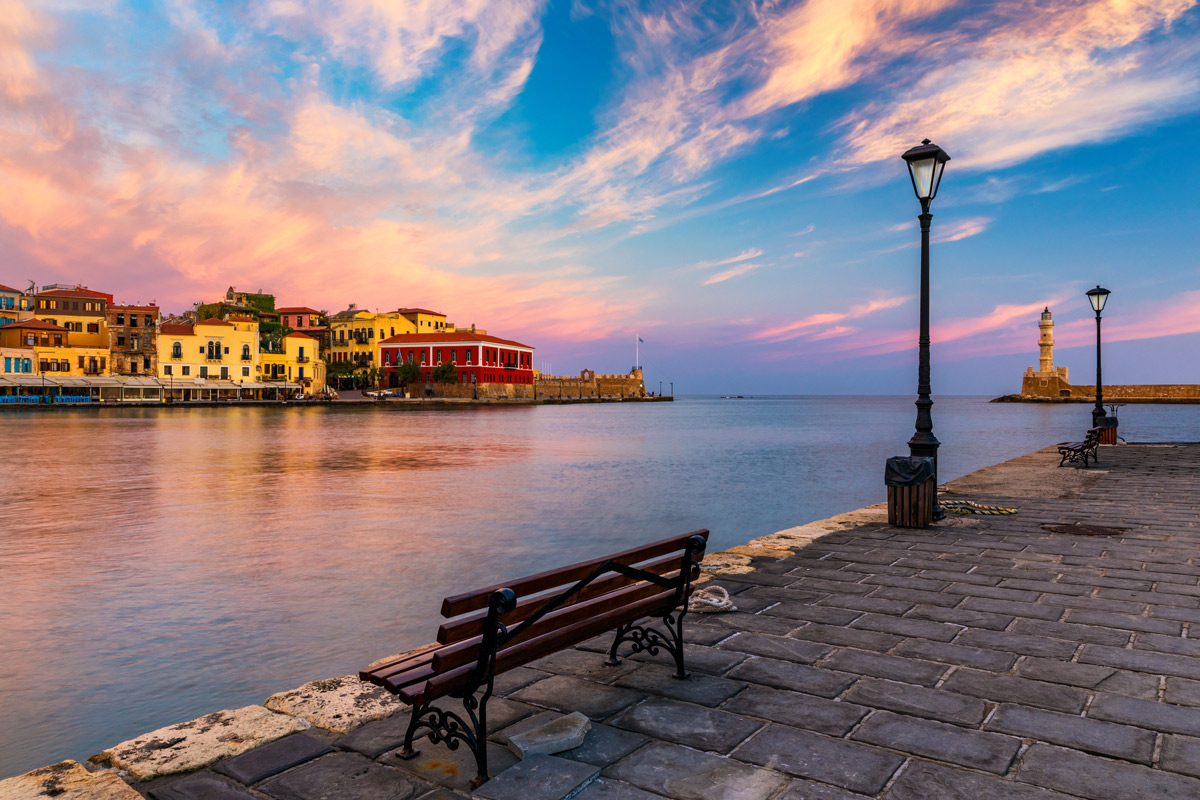
Chania Old Venetian Harbour
The Old Venetian Harbour of Chania is a top-class world attraction, which should be in the "100 places to visit" list of every world traveler. Built in the 14th century during the Venetian era of Crete, it was second in importance only after the Venice Harbour itself. Its purpose was to make Chania a center of maritime trade in the Eastern Mediterranean, and to protect the city from pirate raids, and it was so big that it could contain up to 40 Venetian galleys. The landmark of the harbour, lying on the edge of the Venetian Sea Wall, is the distinctive Lighthouse, which has been superbly restored. On the other side of the harbour entrance you will see the big, red-colored Firkas Fortress, which now houses the Maritime Museum of Crete. In the center of the harbour you can find the Kioutsouk Hasan mosque, with its characteristic unique shape. On the eastern side of the old harbour, behind the modern small harbour, you can find the huge Venetian Arsenalis, or Neoria. The biggest of them, the Grand Arsenali, now houses the Center of Mediterranean Architecture. In the Venetian Harbour of Chania you will be impressed by the variety of buildings with exquisite architecture from all the different historical periods of the city. But you will be amazed by the once-in-a-lifetime feeling to be in a unique, wonderful place, that seems to have come out of history books, and which will travel you back in time.
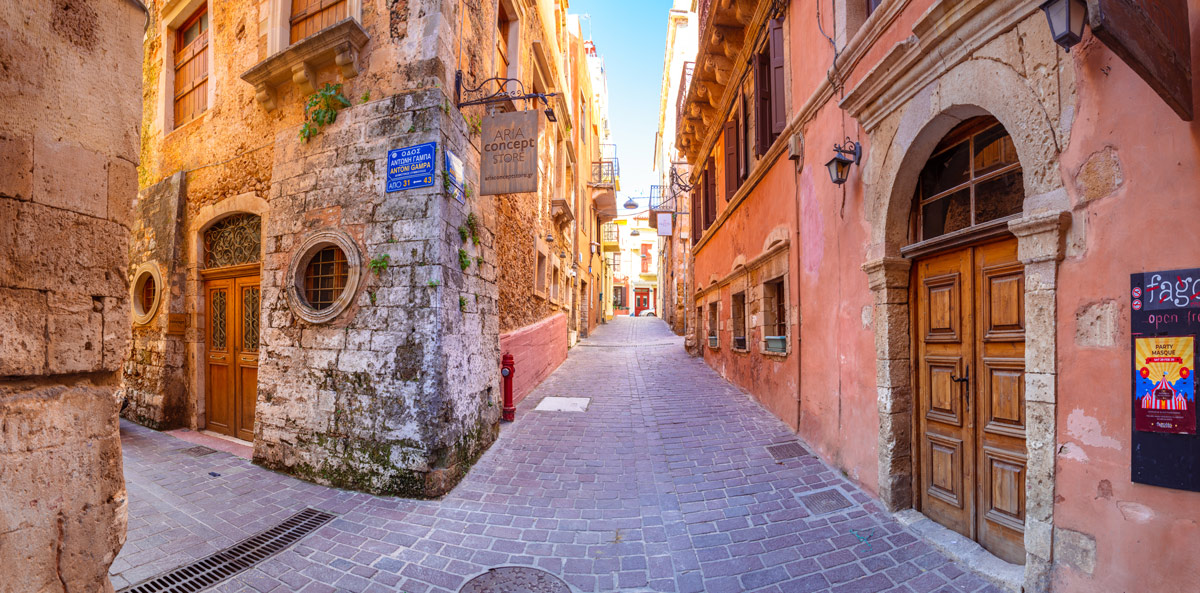
Chania Old Town
The Old Town of Chania lies right behind the Old Venetian Harbour. It is as unique as the harbour itself, as it is essentially a labyrinth of narrow, winding alleys, offering you an infinite selection of cafes, taverns, restaurants, bars and shops, where you can find yourself wandering for hours, always discovering something new. The architectural styles of the buildings, ranging in architecture from Venetian to Ottoman to Jewish, could not be more diverse, yet they all somehow coexist harmonically together, the end result being simply stunning. Possibly the most central street of the Old Town is Halidon street, leading right to the center of the Old Venetian Harbour. On its side you can find the superb Archaeological Museum of Chania. Opposite to the museum, there is a picturesque square, where the "Trimartiri" church, the Cathedral of Chania, is located. Close to it you can find Sklidroff street, with many shops selling everything, from leather goods, which Chania is renowned for, to tasteful souvenirs. Through the centuries, the Old Town of Chania has managed to retain its past glory as the center of activity in the city, providing an experience you will remember for a lifetime.
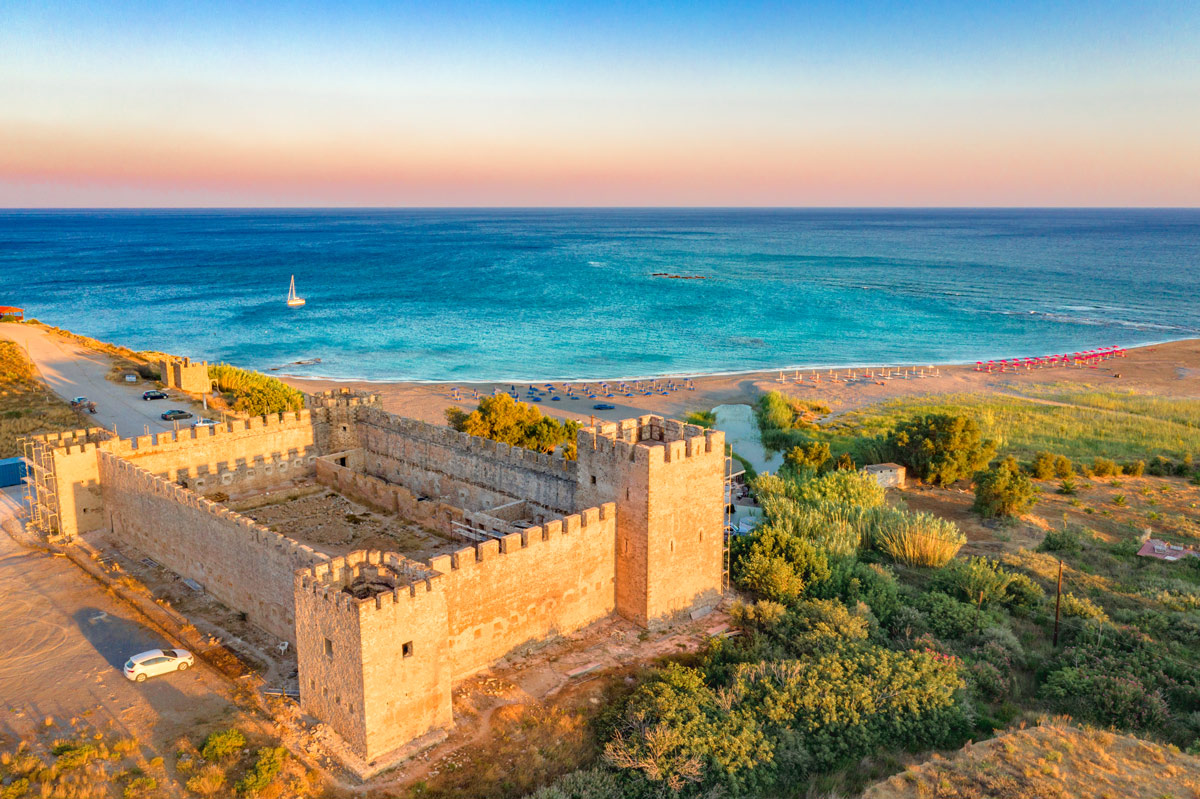
Frangokastello Castle
Frangokastello Castle is an impressive castle in the south of Chania region, in the Sfakia area. It is in a distance of about 70 km from Chania city and it is easily accessible by car. The castle was built in the 14th century by the Venetians and was originally called “Castel Franco”. The impressive castle is in extremely good condition, with a beautiful popular beach in front of it. Today's peaceful natural environment is in contrast with the fierce battle that took place here in 1828, when Hatzimihalis Dalianis, a Cretan hero of the Greek revolution, and his men gave their last - and fatal - heroic battle against the occupying Ottoman army, which heavily outnumbered them. Until today, there are many locals that will tell you about the strange “Drosoulites” phenomenon, when sometimes soldier-like shadows are seen walking towards the castle in the early morning...
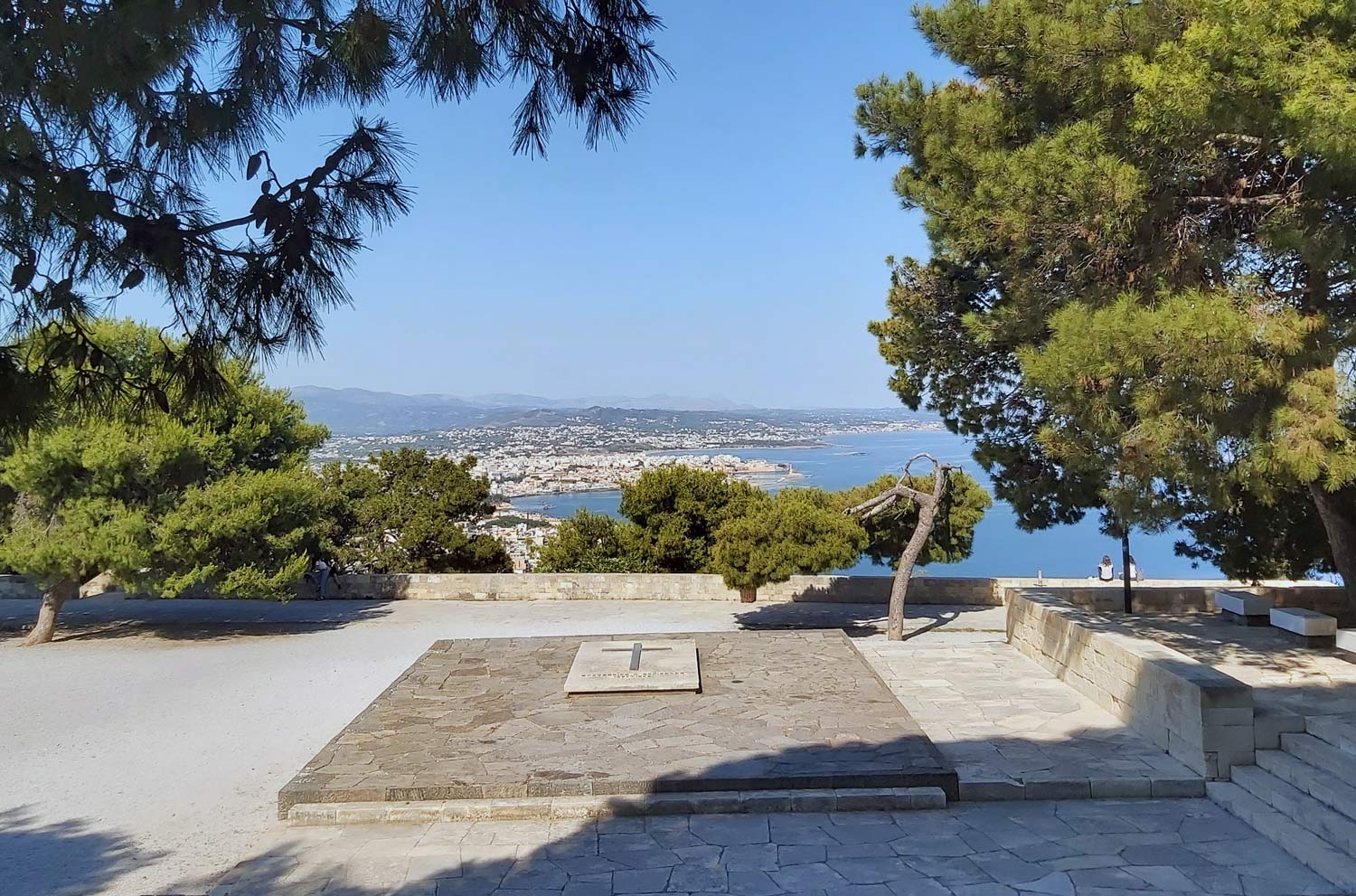
Venizelos Graves
Eleftherios Venizelos was the most prominent politician in modern Greek history, defining the country's fate during the years he served for seven times as Prime Minister of Greece in the beginning of the 20th century - Athens International Airport, the biggest in Greece, is named after him. Venizelos was born in Chania, and now, in a shady place in the outskirts of the city close to the road to Akrotiri, lies his grave, along with the grave of his son Sophocles Venizelos, who also became a Prime Minister of Greece. The site, on top of a hill, offers one of the best views of Chania city and the coastline around it. In the site there is also the picturesque small church of Profitis Ilias and the statue of Spyrus Kagialedakis or Kagiales, a Cretan hero of the Greek revolution against the Ottomans.
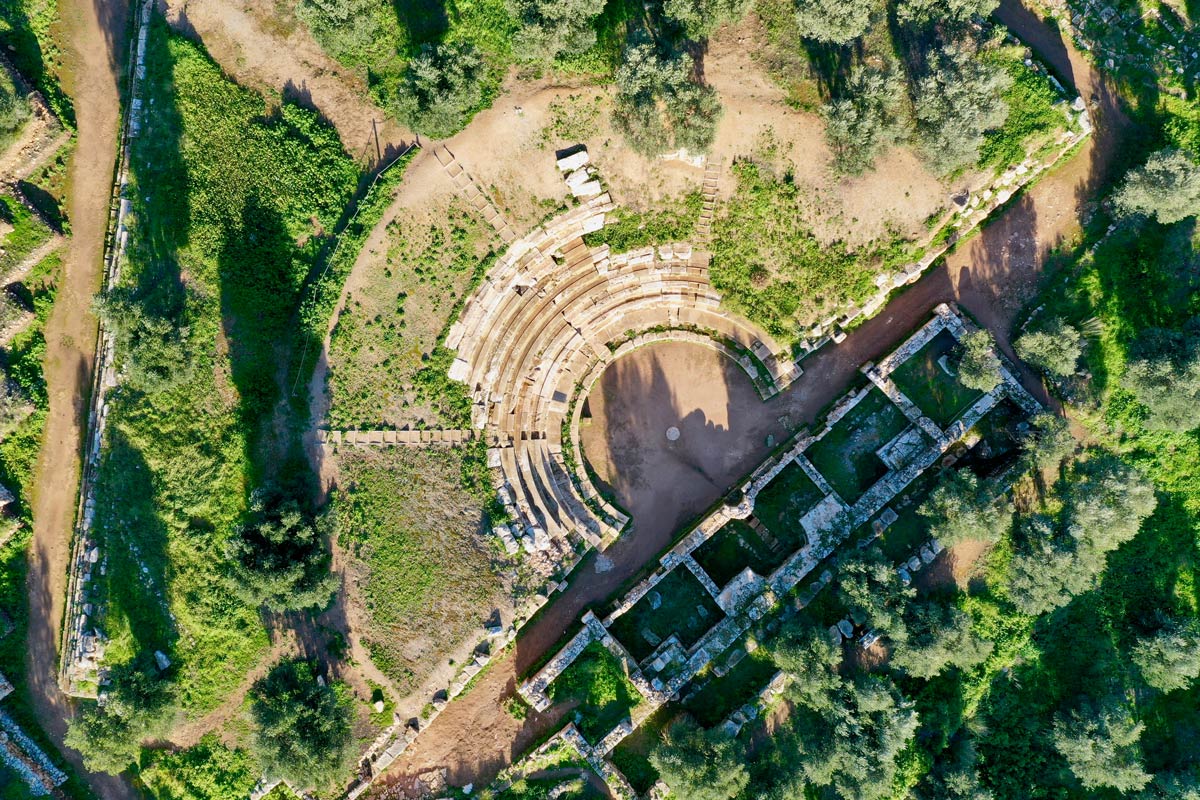
Ancient Aptera
Ancient Aptera was a powerful city-state in ancient Minoan Crete, and for many centuries the most important trading center in the island. It is in a distance of about 15 km east of Chania city, next to today's village of Aptera. It was built in an excellent, strategic location with great view, overlooking the whole of the long Souda Bay and a large part of the plains of Apokoronas. Aptera means "featherless" in Greek and there is reason for this: According to the Greek mythology, in the local temple a musical competition took place between the Muses and the Sirens. The Sirens lost, and were so sad that their feathers fell off into Souda Bay, forming the small islands in it. Aptera in ancient Minoan years had amassed immense wealth from maritime trade, and issued its own coin. The city flourished for many centuries, and it was a trading center in the Roman and even in the Byzantine era of the island.
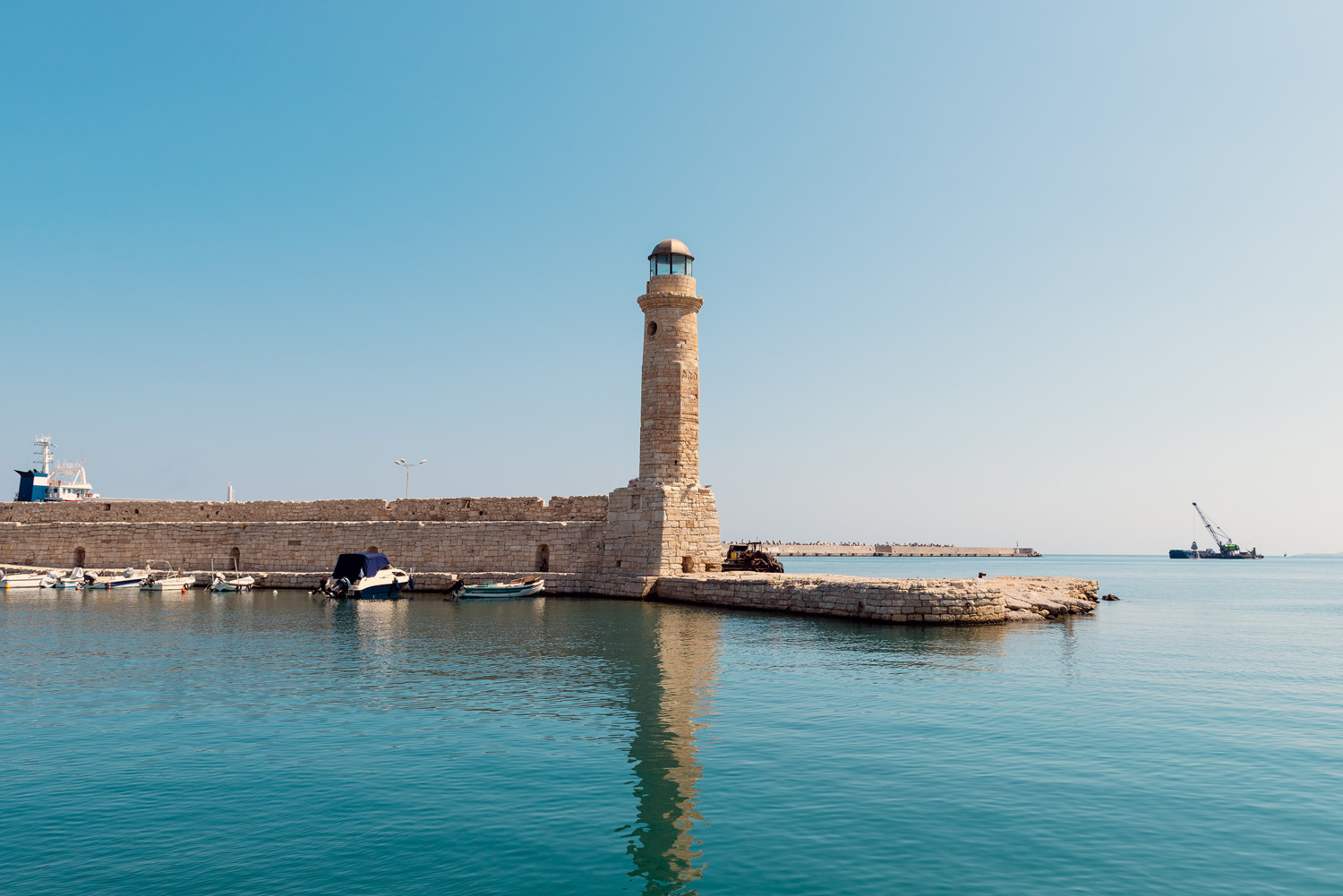
Splantzia quarter
Splantzia is a distinct quarter of Chania city. As it is close to the Old Venetian Harbour, and in fact an extension of the Old Town of Chania, it was one of the most especial neighborhoods of the city during the Venetian era. This is still evident today in its exquisite houses and buildings that still survive from that era, many of which have been masterfully restored. In the center of Splantzia there is the big 1821 Square (also called "Splantzia squate"), which is a small shaded oasis with trees during the long Cretan summer. On the sides of the square lie two known churches of Chania city, the big church of Agios Nikolaos, which is distinctive as it has both a bell tower and a minaret, and the Venetian church of St. Rocco. In Splantzia you can find plenty of beautiful cafes, taverns and shops, including the ones of the traditional knife-makers of Chania in the "maheradika" area around Sifaka street, a great place to shop for that authentic traditional Cretan knife, as a perfect memento or gift.
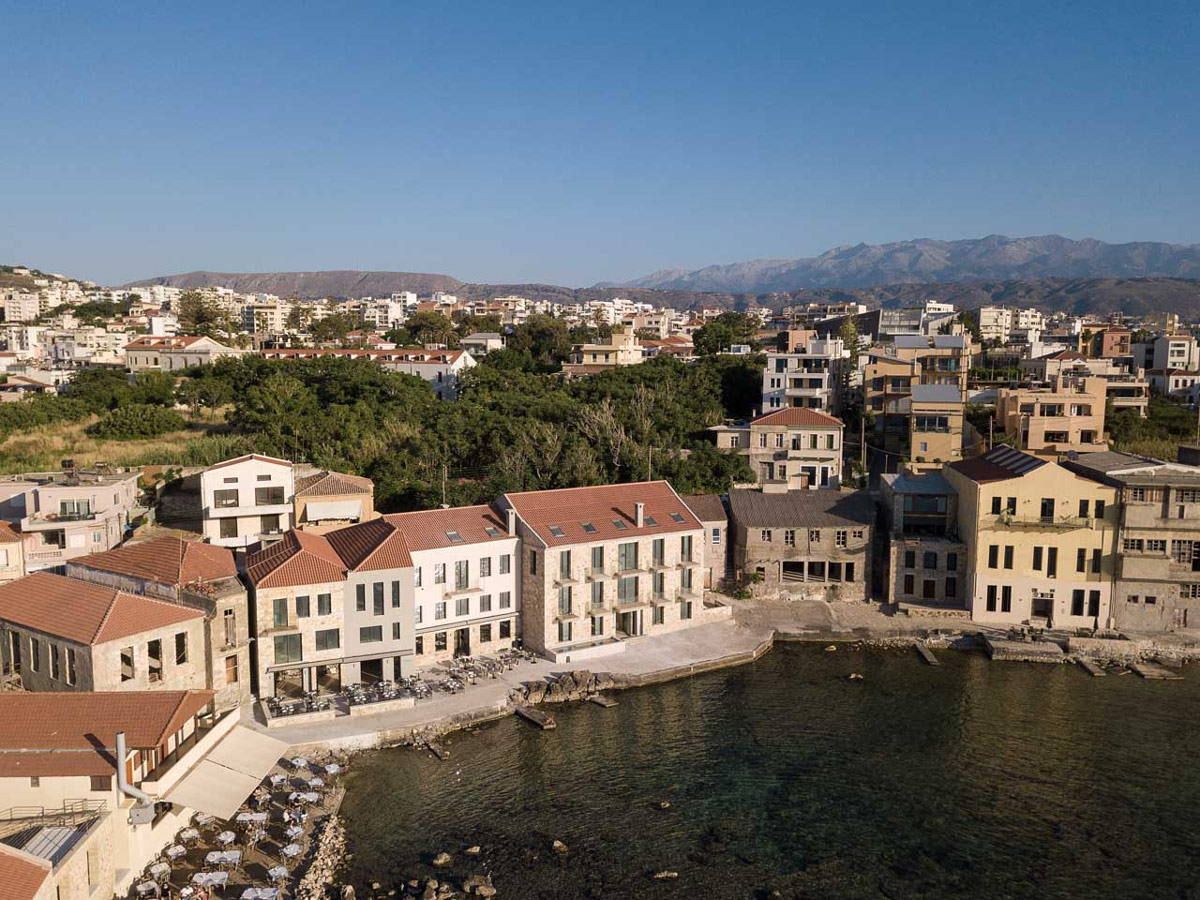
Chalepa quarter
Chalepa quarter lies east of the center of Chania city and it is a special neighborhood with its own distinct personality. In the end of the 19th century this quarter used to be a different town – Chalepa town – favored by the wealthy residents of Chania, mostly merchants, who built their mansions here, due to its healthy climate and its wonderful view to Chania city and Northwest Crete. One of them was the father of Eleftherios Venizelos, the prominent Greek politician of the beginning of the 20th centuriy, who was born in Chalepa, his family house now being a museum. In the end of the 19th century, Chania city was the capital of Crete, and Chalepa was the place where all the foreign embassies where, and the place where the historical “Treaty of Chalepa” was signed in 1878, which granted autonomy to Crete from the Ottoman Empire. Chalepa was for many years one of the most aristocratic neighborhoods in Greece, and this is evident until today. This was not the case with Chalepa's coastline, the so-called Tabakaria, however, as it was the place where the leather processing companies of the city were located. Today, these companies have left the place long ago, but the remnants of these big buildings are still there to see, and are quickly turning to anything from exquisite boutique hotels to excellent fish taverns., making the neighborhood of Tabakaria popular with visitors.
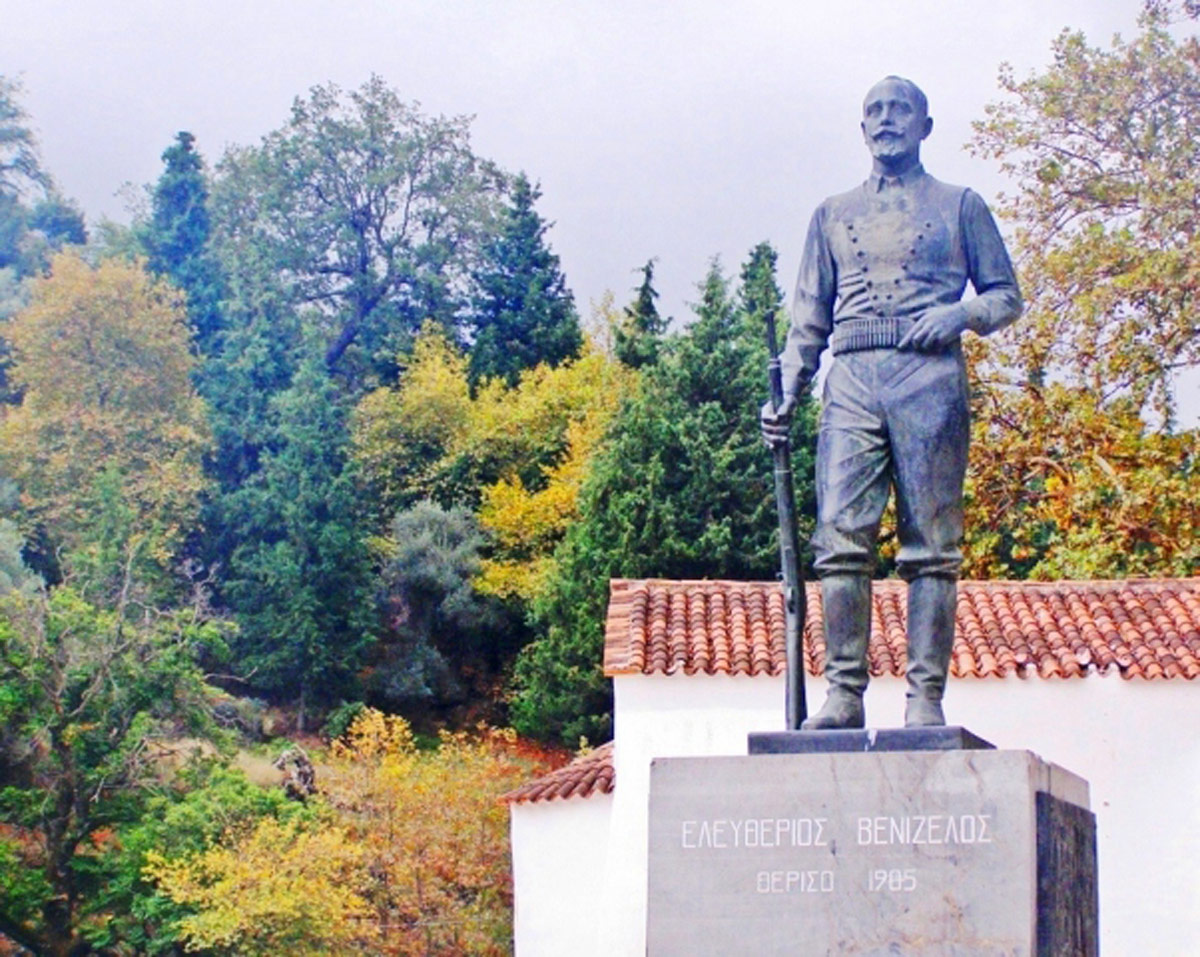
Theriso
Theriso is a small village about 15 km south of Chania city with a history too big for its size: It was here that the Revolutionary Assembly of Crete of 1905 took place, which eventually paved the way for the reunion of Crete with the rest of Greece during the collapse of the Ottoman Empire. The leader of the revolutionaries was a then young politician, Eleftherios Venizelos, who would later prove to be the most prominent political figure in Greece in the 20th century - Theriso was the hometown of Venizelos' mother. Today, the building that housed the headquarters of the Revolutionary Assembly in Therisso is an interesting museum. Close to Theriso there is also the impressive Therisso Gorge, which is accessible by car for a length of 14 kilometers, and it is a place of unique natural beauty worth visiting.



